Photography writer, educator, and workshop leader Jim Austin Jimages shares seven core tips in a toolkit for slow photography.
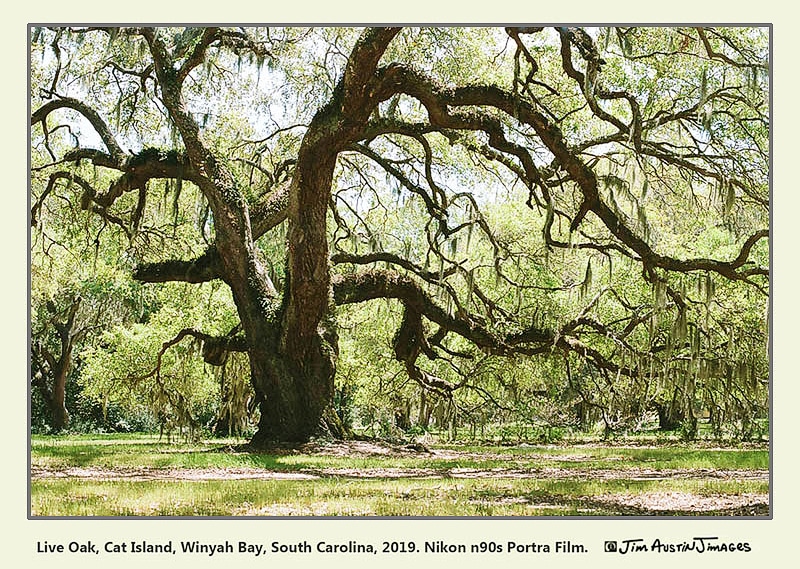
“Slow Photography is the experience of an intentional, attentive, mindful, timeless process of making photographs.”
Jimages
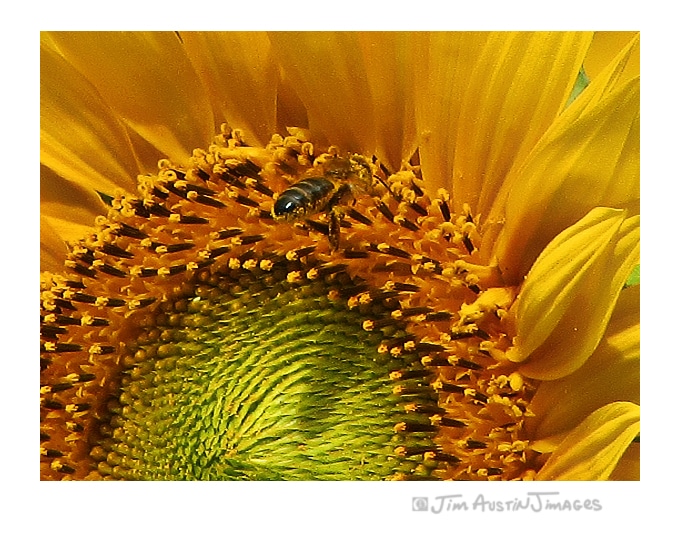
#1: Place
Ask yourself, “What place do I enjoy going back to?” Where do I go, or imagine I’m going, where I’m most in my flow?” Choose places that have few distractions, and that breathe life and energy into your being. You may find you are letting your “me bubble” evaporate as you tune into the place you’ve chosen.
#2: Exercise
Think of each picture as a practice exercise. Explore all its angles. Wait to press the shutter until you know how a place feels with your eyes closed and the way it smells in the breeze. Hear the soundscape surrounding your photographic scene. Take your time. When we make images at a Godforsaken speed, taking frames at the speed of light, we lose our senses of place as the camera confiscates our attention.
#3: Savor
Be Deliberate with Your Attention. A while ago I used to say: “I was in a hurry, so I forgot (to compose, use the correct ISO, think). Yet, no musician, when singing her country’s national anthem, says, “I was in a hurry, so I left out two lines in the second verse.” To perform at a consistently higher level takes daily practice. The same is true for Slow Photography. When I build photographs with my undivided attention, the camera fades into the background. Photo outings become more memorable, like exquisite meals, not rushed but savored, with their bold tastes, vivid colors, and pleasant companionship.
#4: Be in stillness
Photo tutorials tell us we should hunt and be always on the prowl for pictures. This may work well for specific ways of seeing. However, a Slow Photography approach invites us to be still, let go, and allow the image to come to us. There is no golden rule that says we must have fast gear. Slower cameras have made some of the most mesmerizing nature images for decades. Today, with autofocus and capture rates being blazingly fast, it’s easy to be imprisoned by a marketing myth that we should fire away quickly. Speed, like sharpness, becomes an obsession. A poem by David Wagoner says, when you are lost, “Stand still, the forest knows where you are. You must let it find you.”
#5: Never Before Seen, the Vuja De Mentality
Make time to notice the fleeting sensation that you’ve never seen something before. Search out the Vuja De, the “never before seen.” This sensation happens when we do something we’ve done a hundred times before yet suddenly feel as we’re experiencing something completely new. The idea is credited to comedian George Carlin in a book by Stanford’s Bob Sutton called Weird Ideas that Work.
“The vuja de mentality is the ability to keep shifting opinion and perception. It means shifting our focus from objects or patterns in the foreground to those in the background.”
Bob Sutton
#6: Purpose
Our purpose frames our pictures. With Slow Photography, we practice three mental skills: patience, practice, and purpose. Purpose defines our path. The clearer our intent for our work, the more we curate and edit out images that are outside the purpose.
#7: Be Mindful
Think of the last time you left a room to do something and could not remember it once you were in another room. This happens, in part, not because we don’t pay attention when we leave a room and go into another. It’s that we forgot the idea to which we were paying attention. Being mindful means recalling a past event or experience, appropriately, into the present.

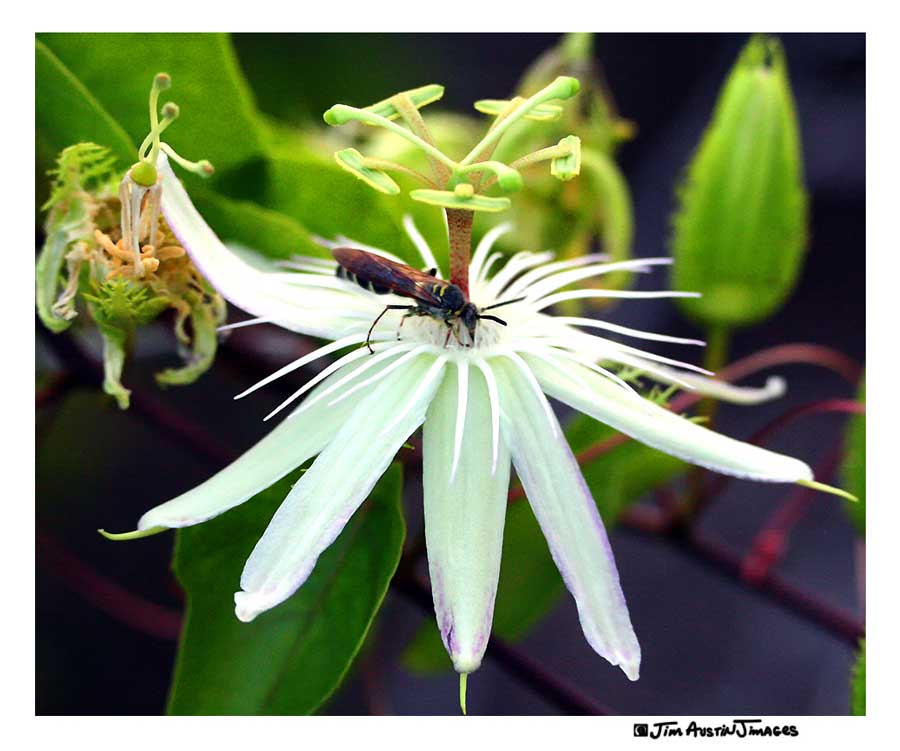

Taking Time: A Remindful Toolkit for Slow Photography
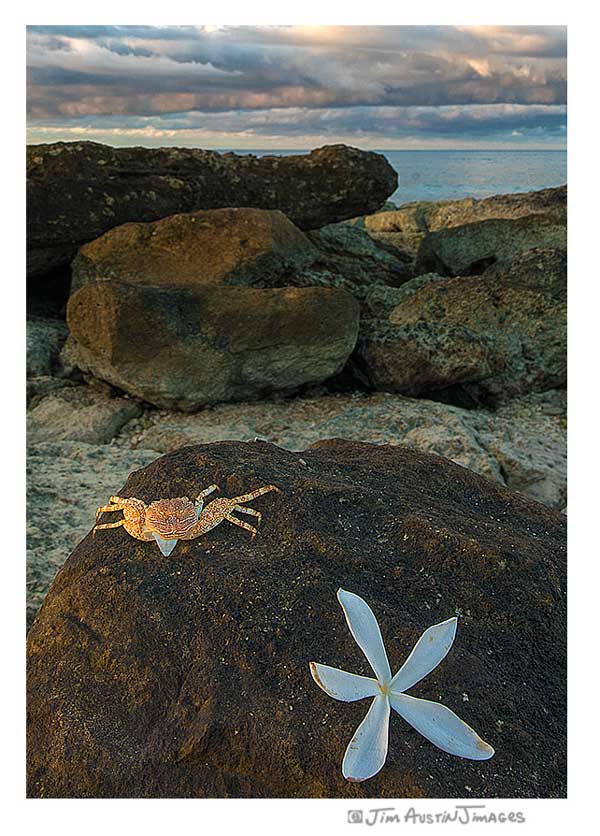
Time in photography is a paradox. To fully utilize time, we have to let go of it. This means letting go of linear time. In Slow Photography, we circle back to places we’ve been before.
This “Return” is a key element of Slow Photography. We invest in a place by going back to it again with intentional seeing. We want to know the place and its moods with and without the camera. With a keen emphasis on being fully in a place, we are more likely to remember each frame as an experience. Thus, making fewer photographs with greater intention, we are less likely to suffer from the photo taking impairment effect.
Bonus Tip: Breathing Lessons

According to Furort’s Law, we overestimate short durations of time and underestimate long periods. Listening to a slow beat or pulse, we will subconsciously speed it up to a happy medium tempo of 94 to 96 beats per minute. When the fast tempo of the workday surrounds me, it can be tough to slow down. To reset a balanced pace sometimes takes ten gentle, slow breaths in and out before beginning a Slow Photography adventure.

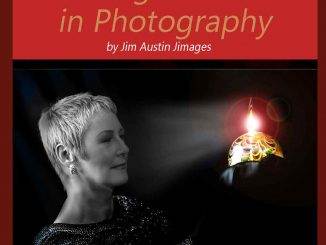
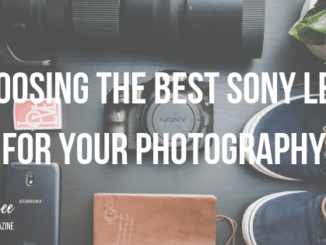

Thanks for another great reminder to slow down when photographing the world.
Thank you David. Looking forward to experiencing your nés work this summer and Fall. How is your summer scout leadership going?
David, So good of you to comment, and read my Apogee articles on slow photography. Wishing you, and all your troop, a great Fall of photography and adventures. Jim
Thanks for your info and guidance
You are most welcome Gerald. Thanks for reading my article and for your thoughts. Jim
I think slowing down to take a photo of something you find beautiful is good for the mind. It’s like taking the time to appreciate what the mind appreciates.
I am going to put these tips into practice this summer for sure! Thanks!